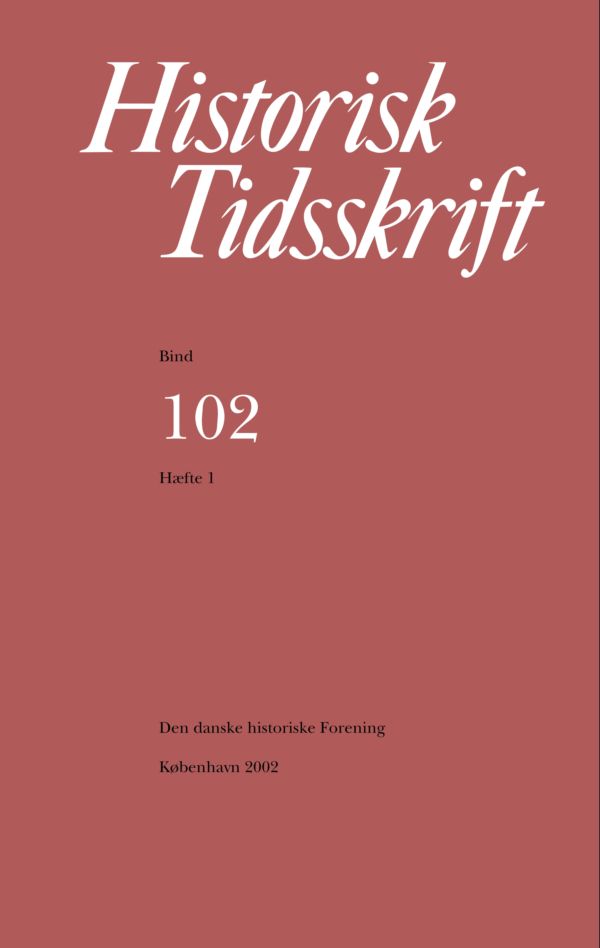Valdemar Sejr, korstogsbevægelsen og den pavelige reformpolitik i 1200-tallets første halvdel
Resumé
Valdemar Sejr, the Crusading Movement, and Papal Reforms in the First Half of the Thirteenth CenturyThe present study demonstrates beyond question that the Danish Crusaders were in every way an integral part of the whole European Crusading movement in the first part of the thirteenth century. Both in Denmark and in the Danish possessions in Northern Germany and the Baltic region there was a clear recognition of something new and momentous in the Crusading movement under Pope Innocent III. The papal interpretation of the Crusades as an expression of penance and conversion was understood and embraced, as were also the papal privileges attached to the Crusader oath. Once clothed in the status of Crusader, the Danish participants in the movement immediately and directly put their oath into practice.The Baltic region was clearly conceived as a central missionary field on the same footing as other Crusader destinations - a conception shared equally by ecclesiastical leaders and active participants. The Holy Land, to be sure, possessed a unique aura, but the Christianisation of the regions along the boundaries of Western Christendom enjoyed a high priority, regardless of their geographic position. Every area of Crusader activity was, so to speak, a centre in the total movement. Scandinavia and the Baltic region were thus far from peripheral when it came to the spread of new ideas. The Crusades make it clear, on the contrary, that new ideas spread with great speed to all the central areas of the movement.Translated by Michael WolfeDownloads
Publiceret
Citation/Eksport
Nummer
Sektion
Licens
Ophavsret til bidrag i Historisk Tidsskrift tilhører forfatterne og Den danske historiske Forening som udgiver af Historisk Tidsskrift. For illustrationer gælder den ophavsret, som står anført i billedteksten. Ophavsretslovens almindelige bestemmelser gælder, hvilket vil sige, at ophavsretten gælder i 70 år efter forfatterens død. Bidrag i Historisk Tidsskrift må derfor, med forbehold for en ”moving wall” på tre år, frit downloades, læses, gemmes, anvendes og citeres (med kildeangivelse) i privat og videnskabelig sammenhæng, men de må ikke helt eller delvis genudgives af tredjepart, heller ikke i redigeret form, uden tilladelse fra forfatterne og Den danske historiske Forening. Henvendelse skal i så fald rettes til Historisk Tidsskrifts redaktion på histtid@hum.ku.dk.





